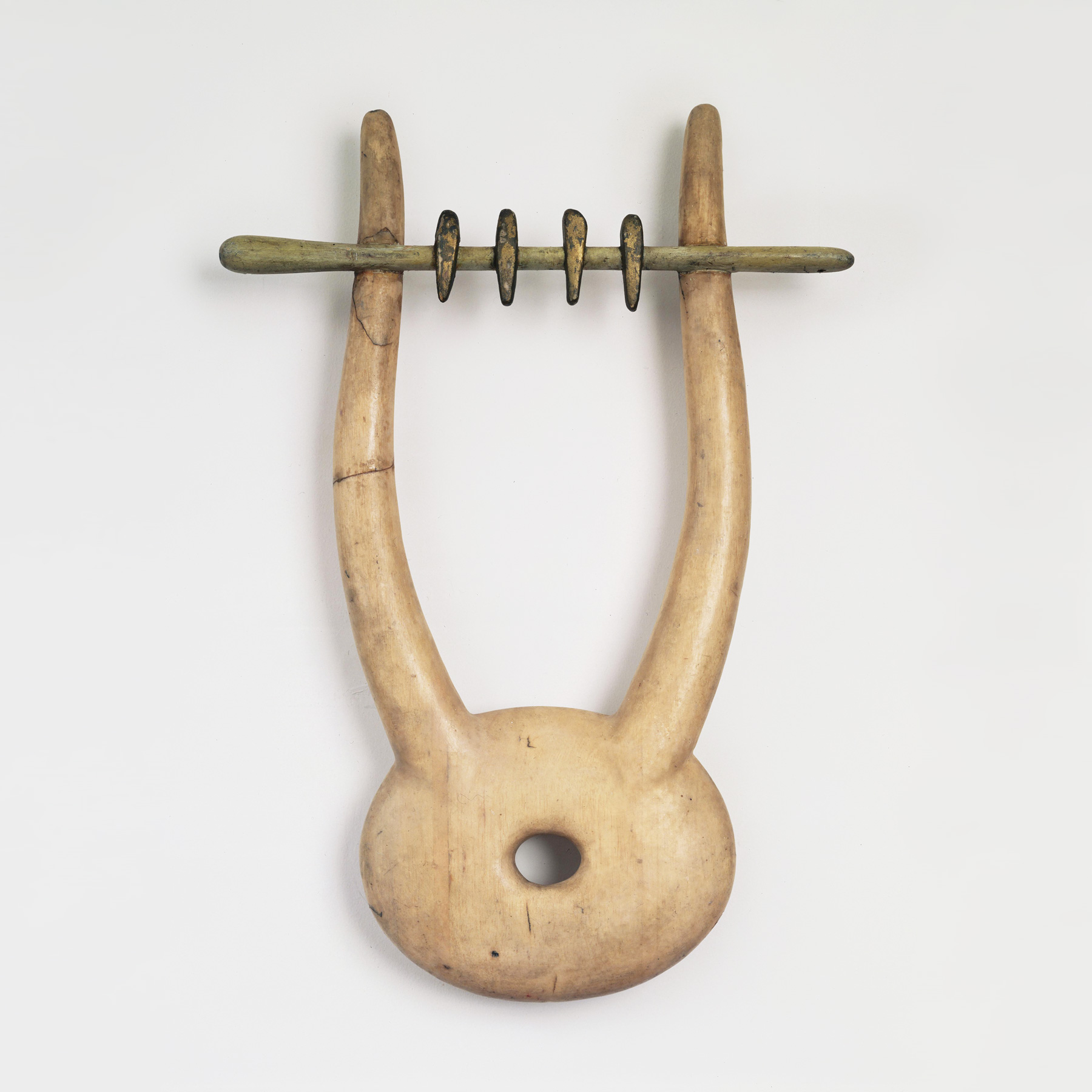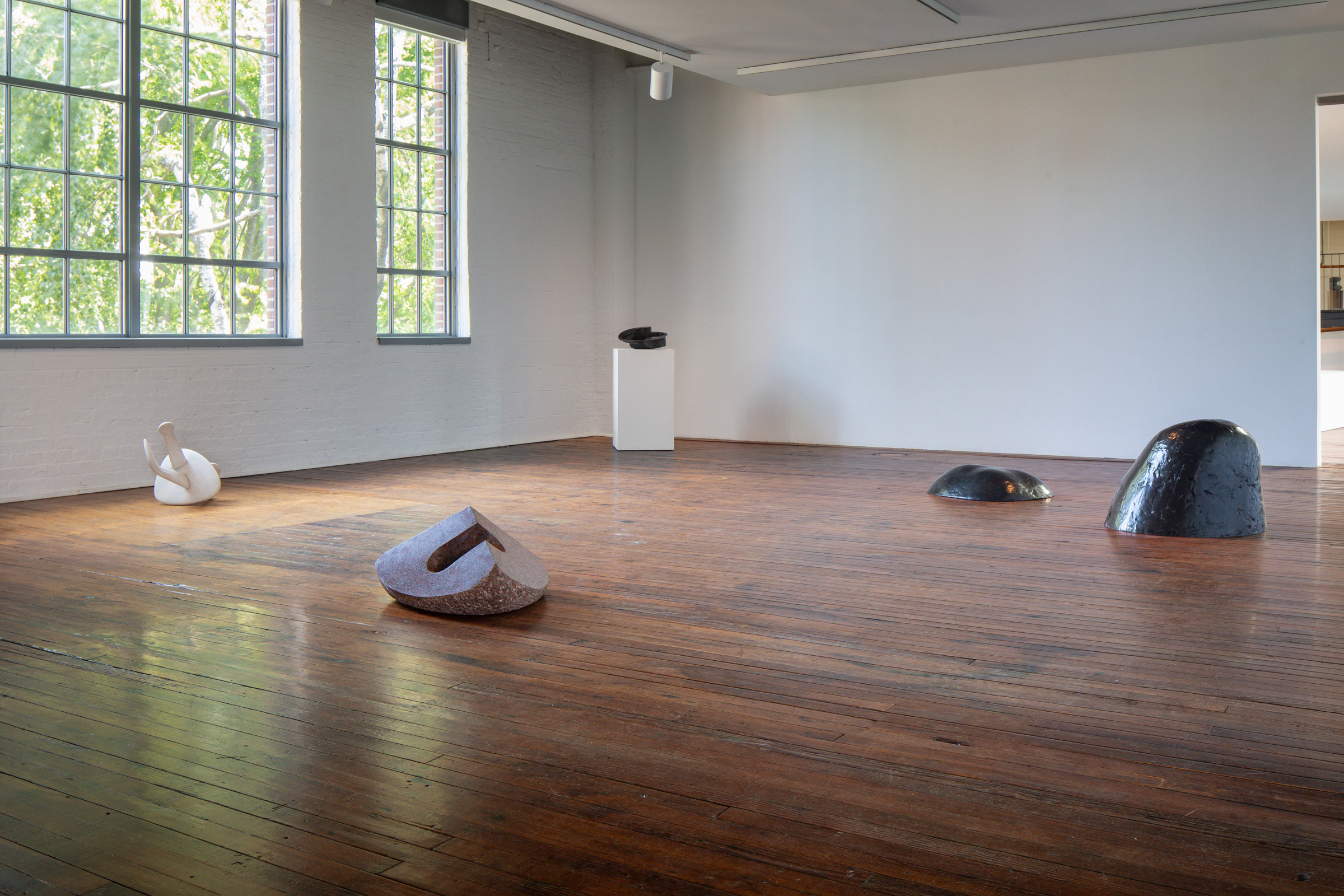Noguchi Subscapes is a survey of Isamu Noguchi’s particular interest in the unseen and hidden: invisible forces, subterranean structures and their makers, spatial metaphors for the unknown, and the inner recesses of the self. This series of installations of around forty sculptures and designs, mostly drawn from the Museum’s collection and incorporating photographs from the artist’s archive, occupies nearly the entire second floor.













































































